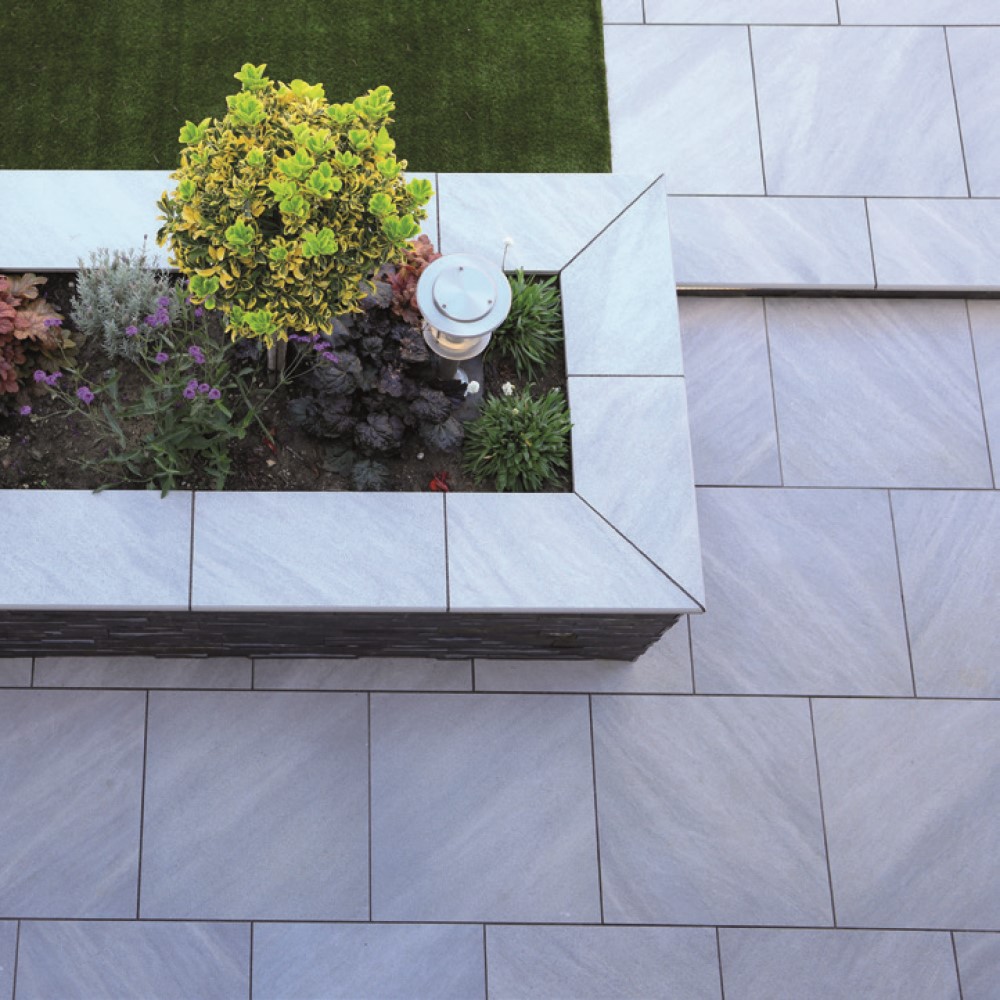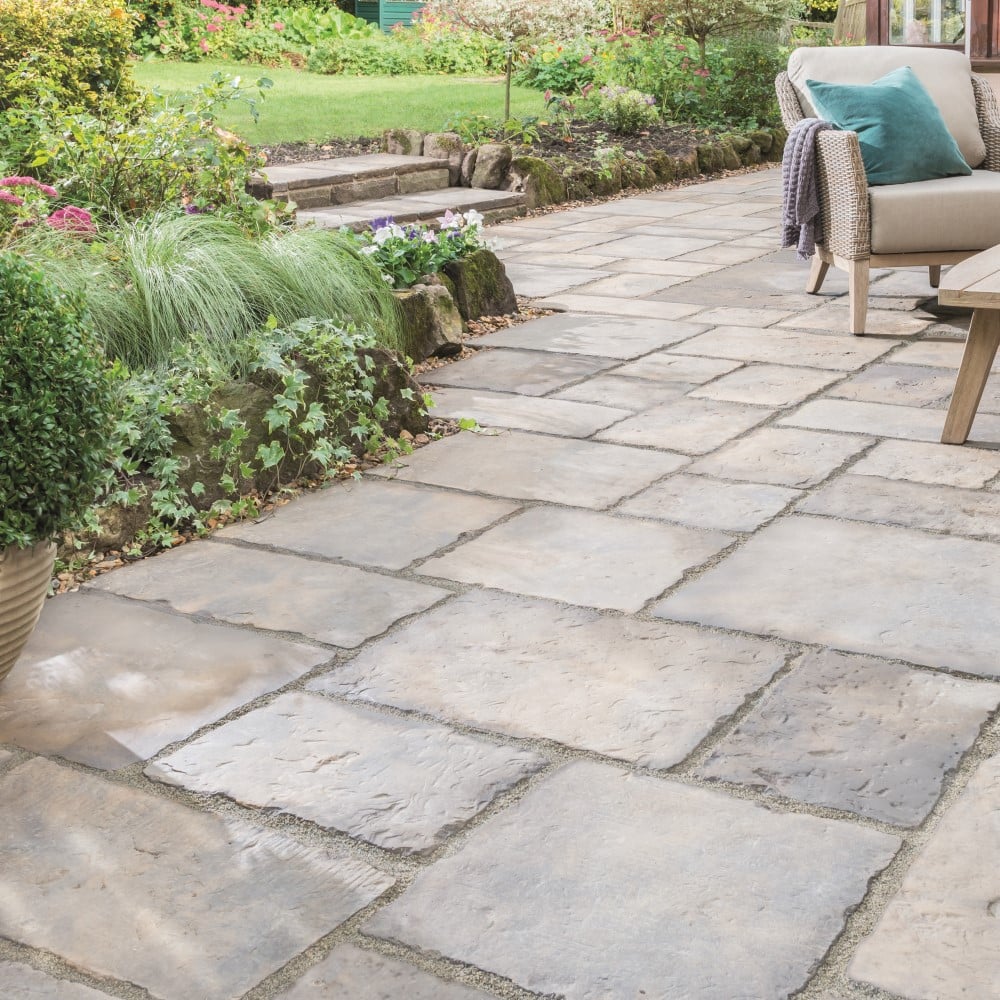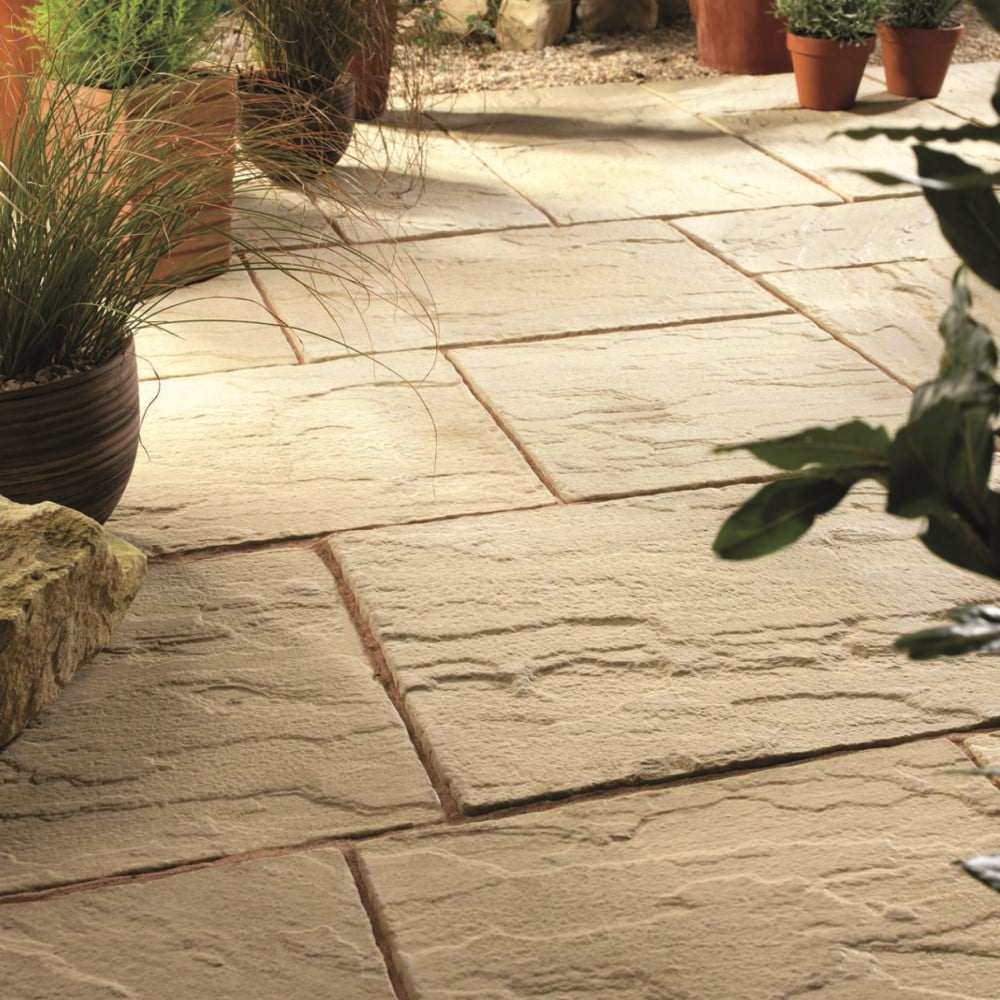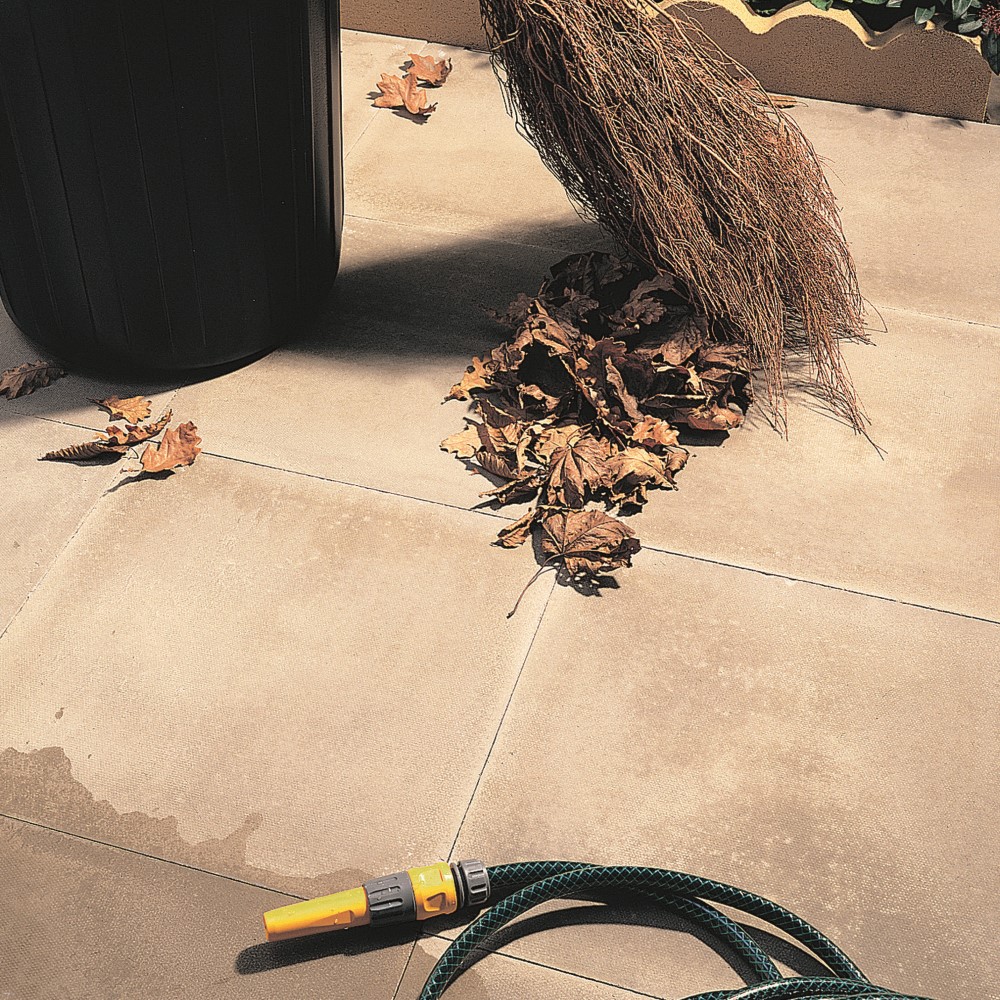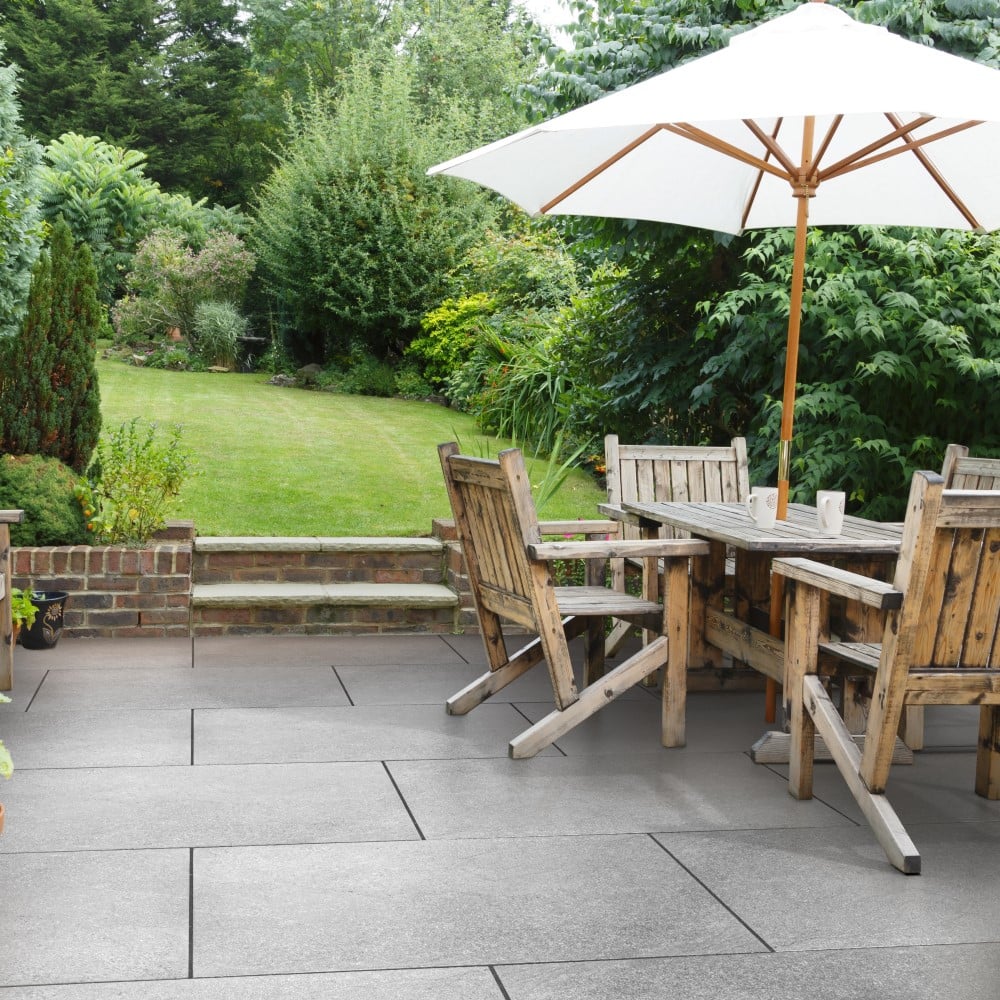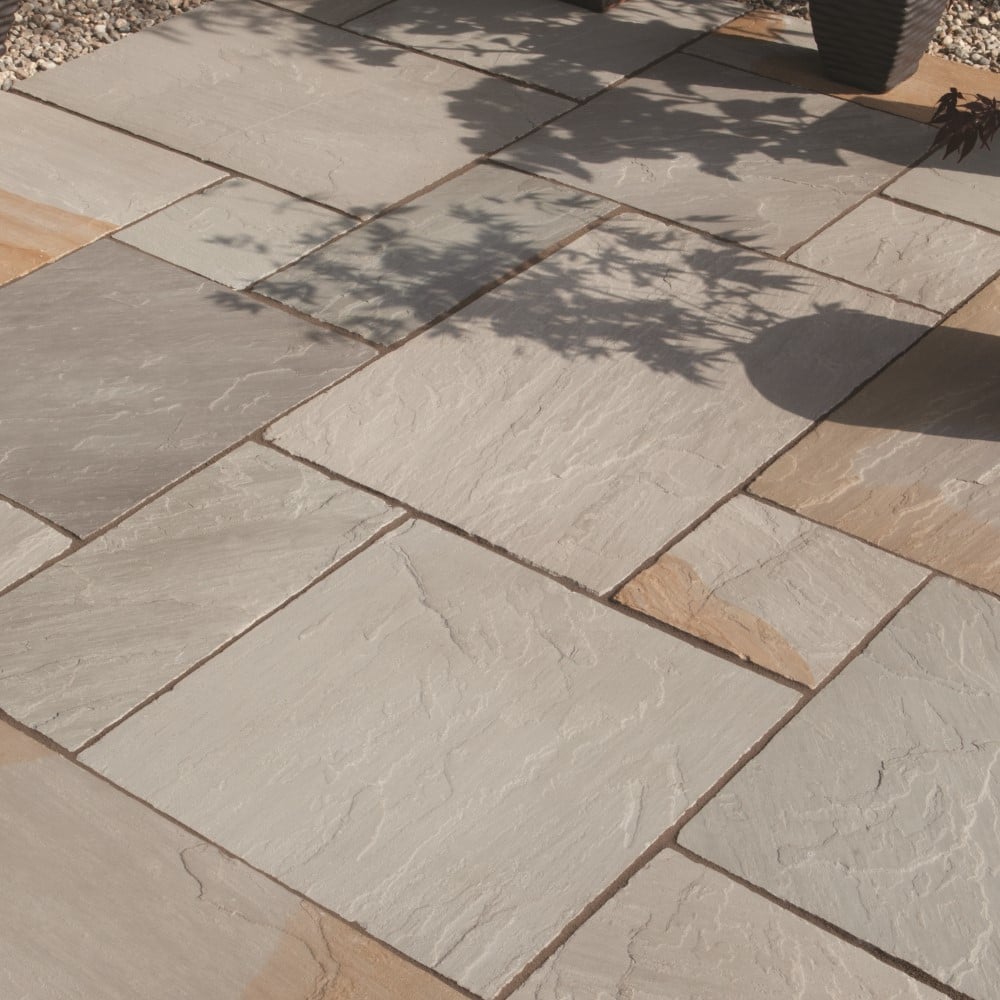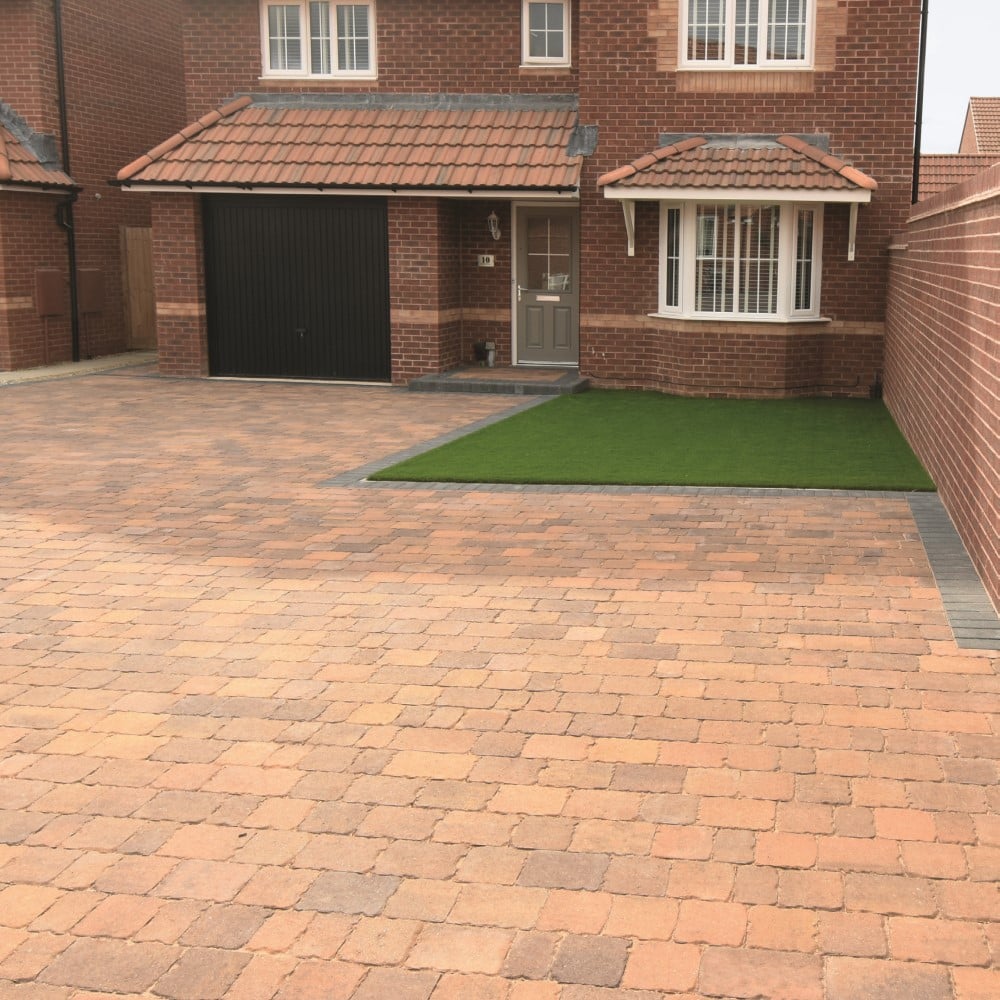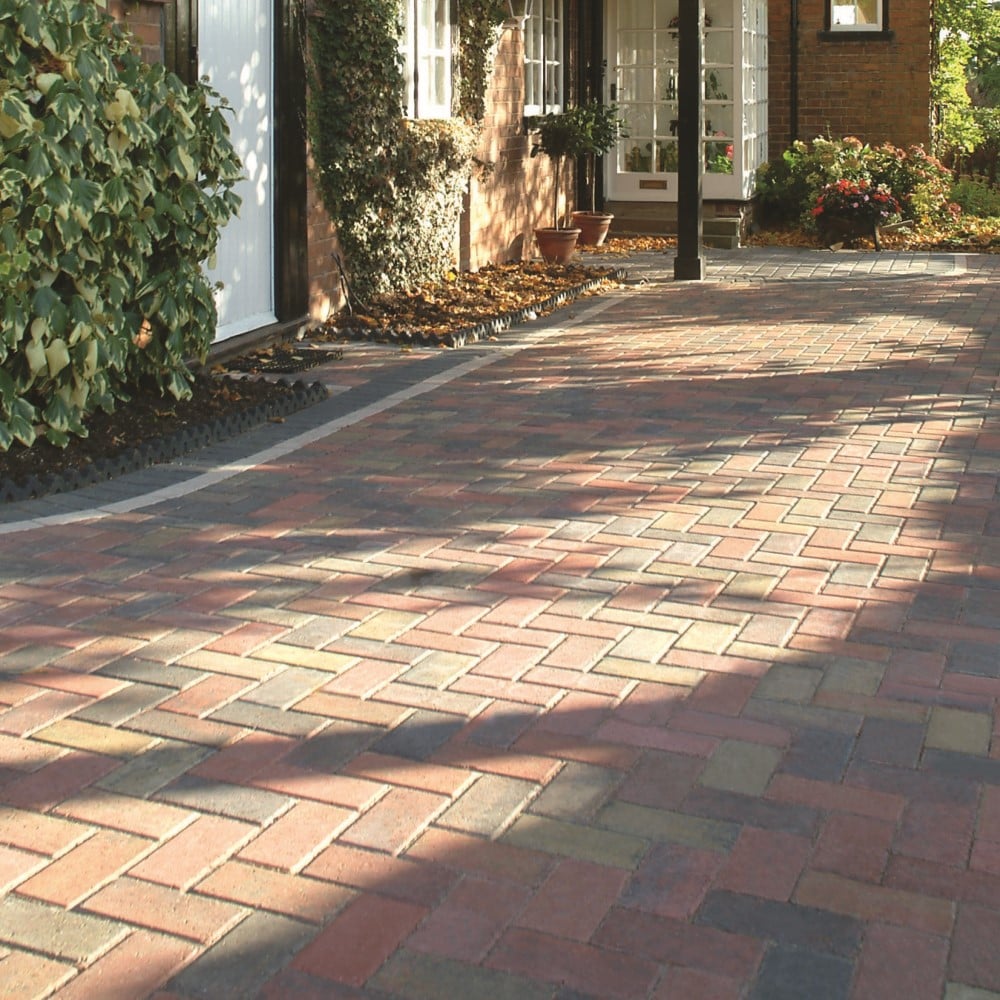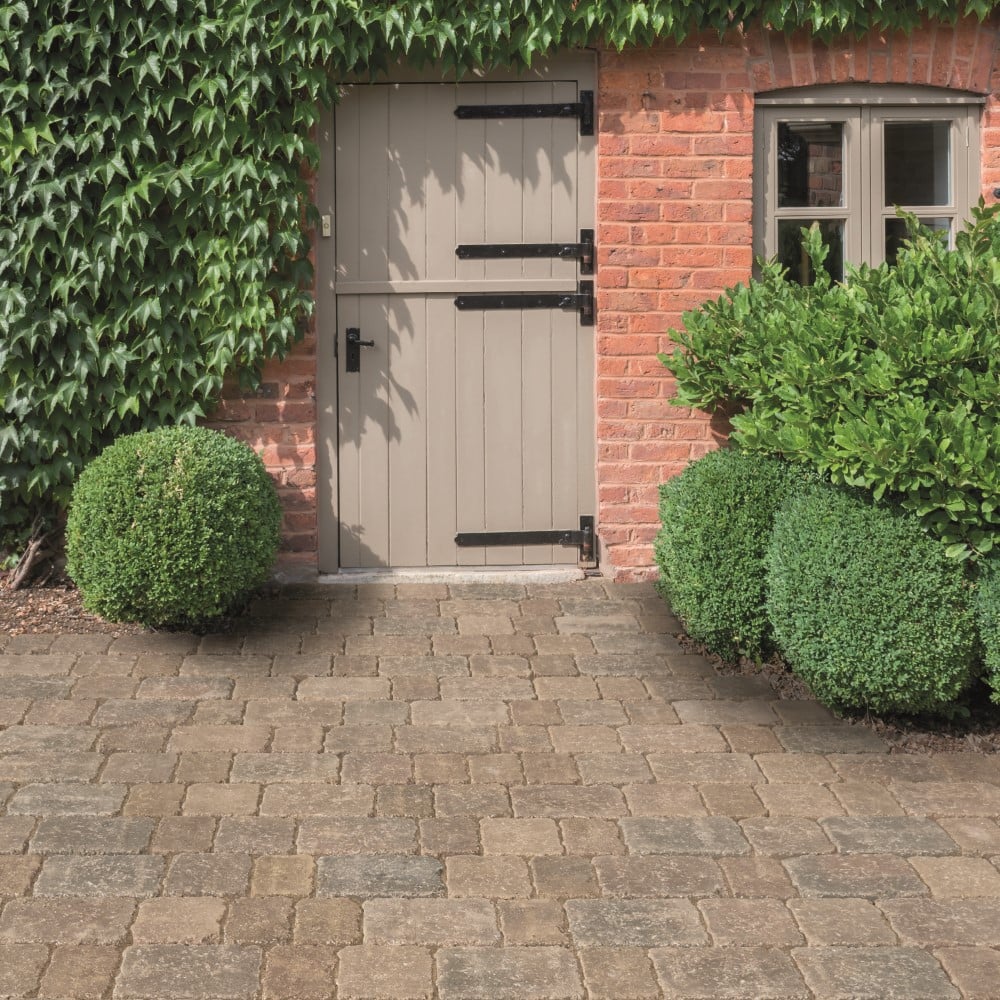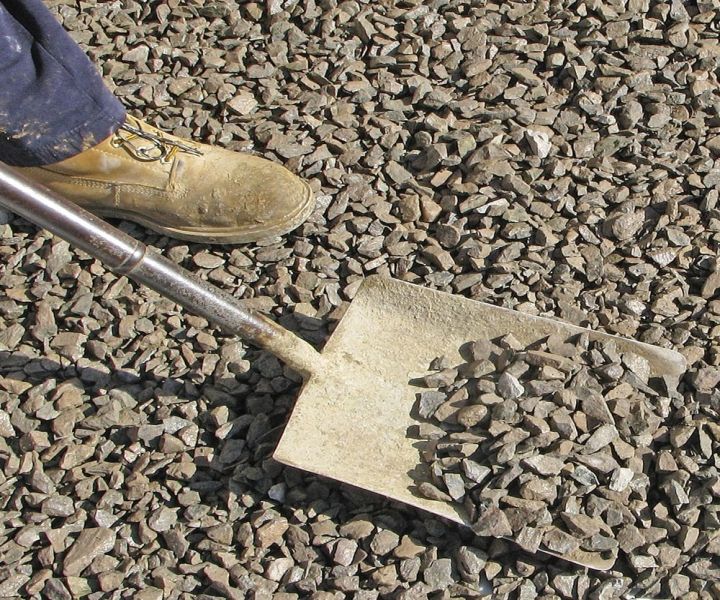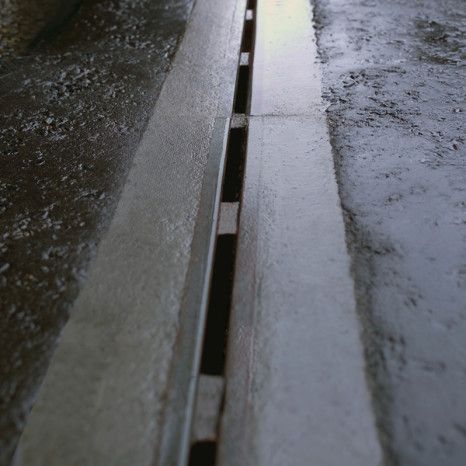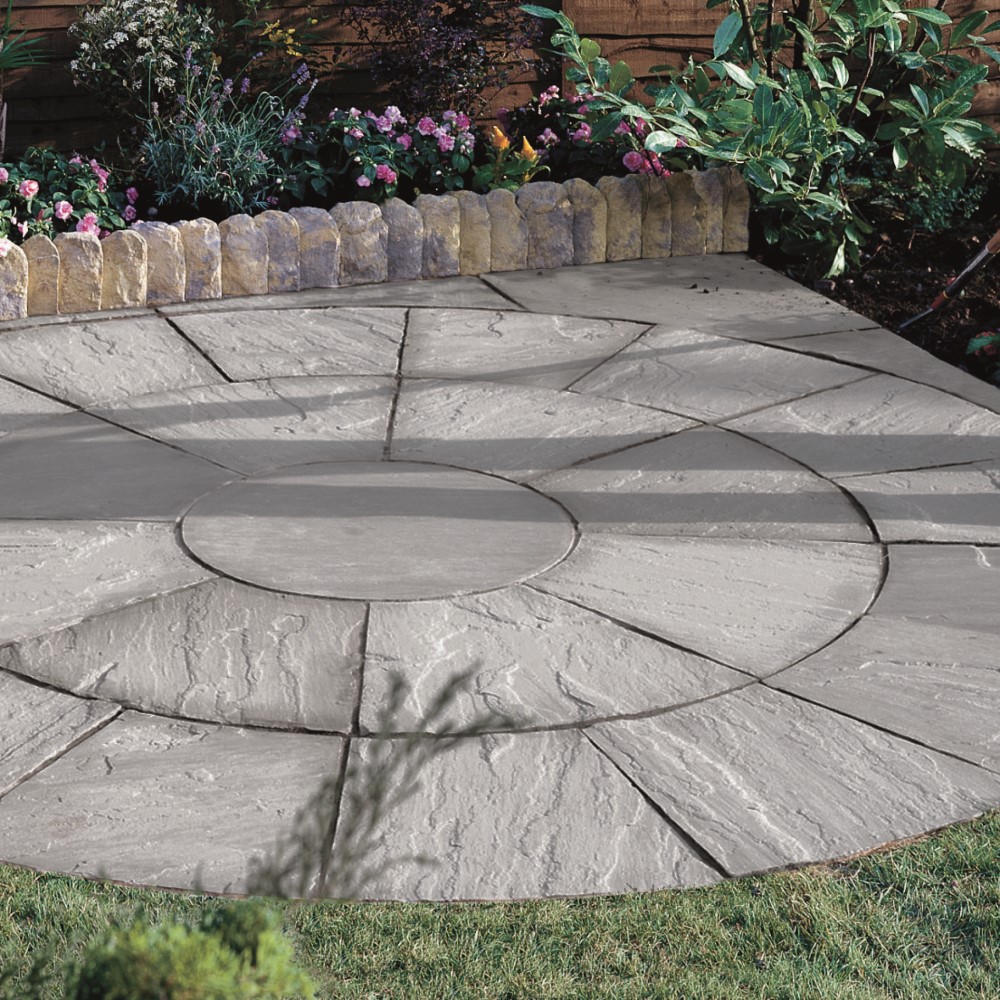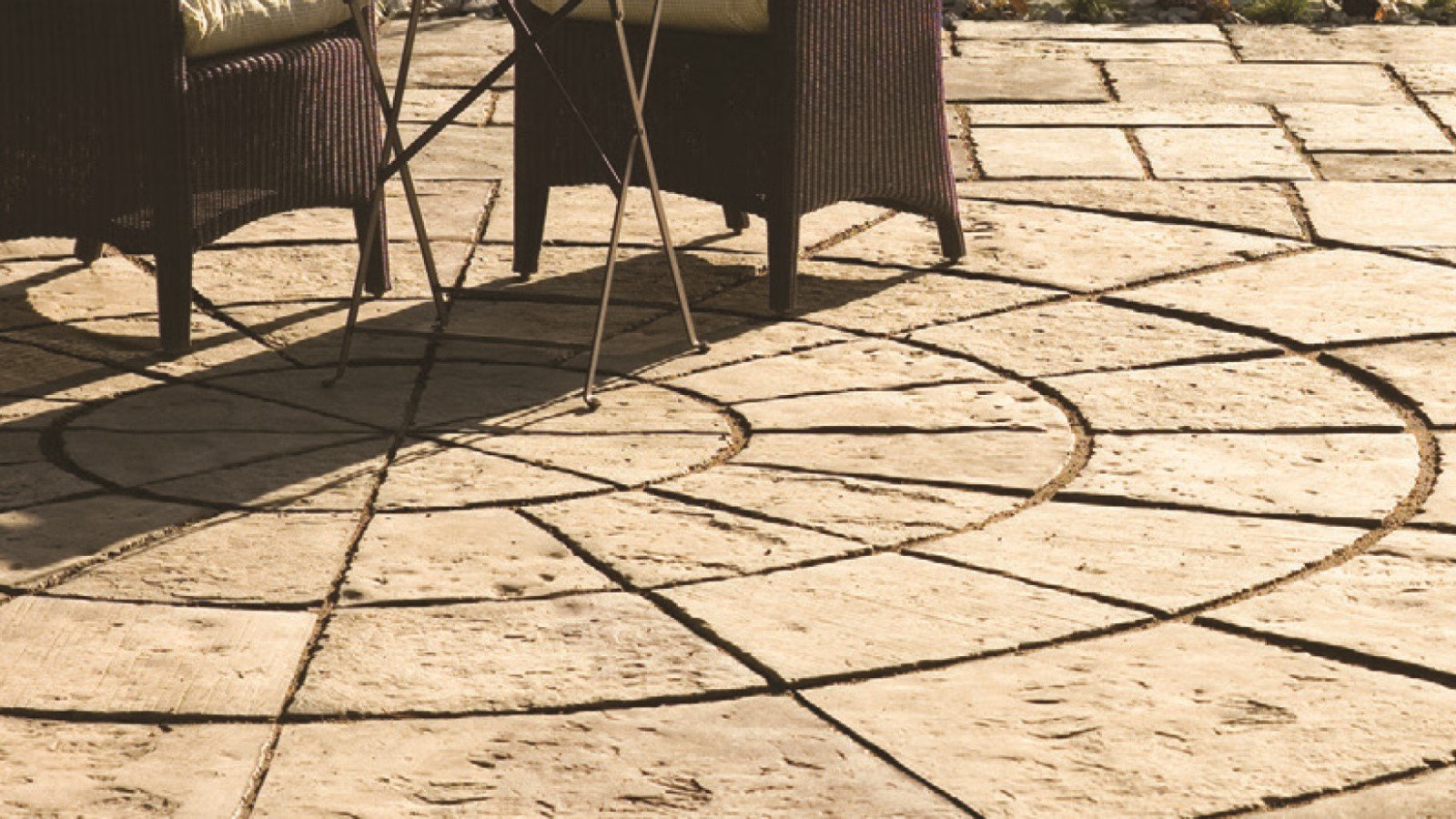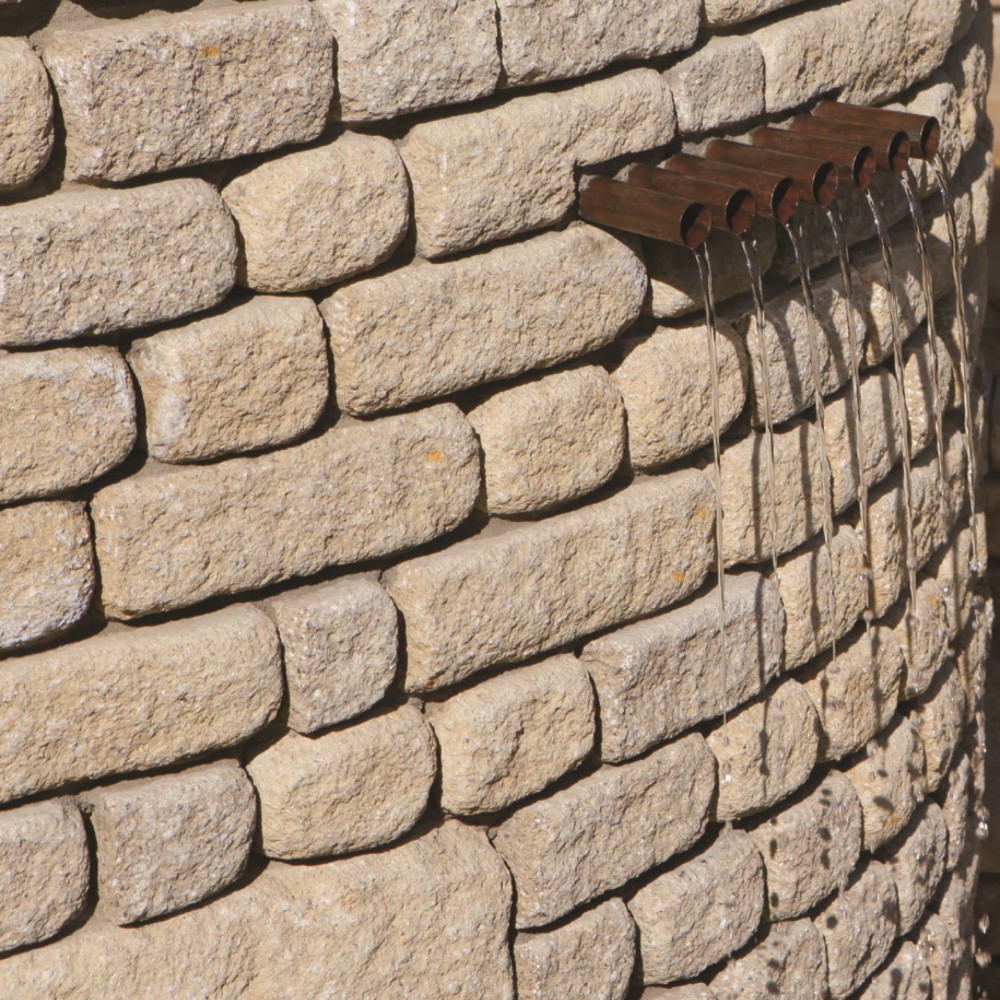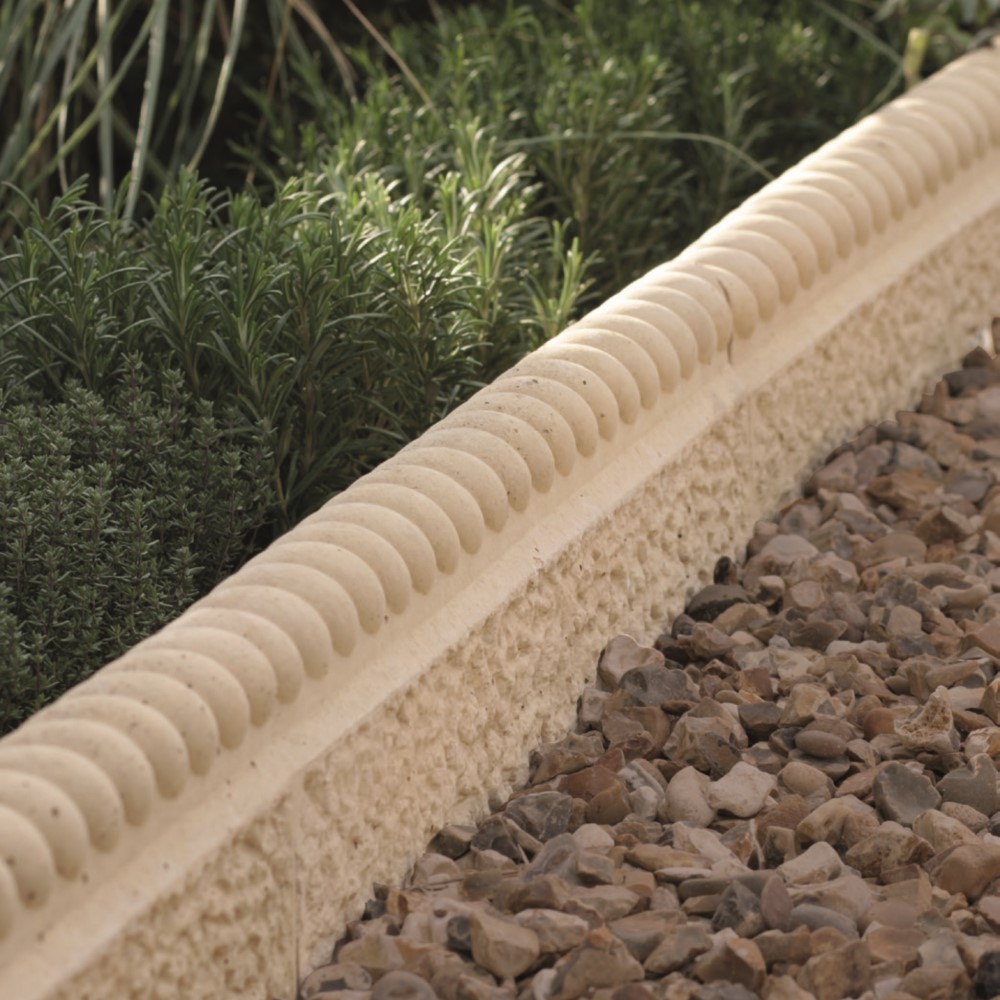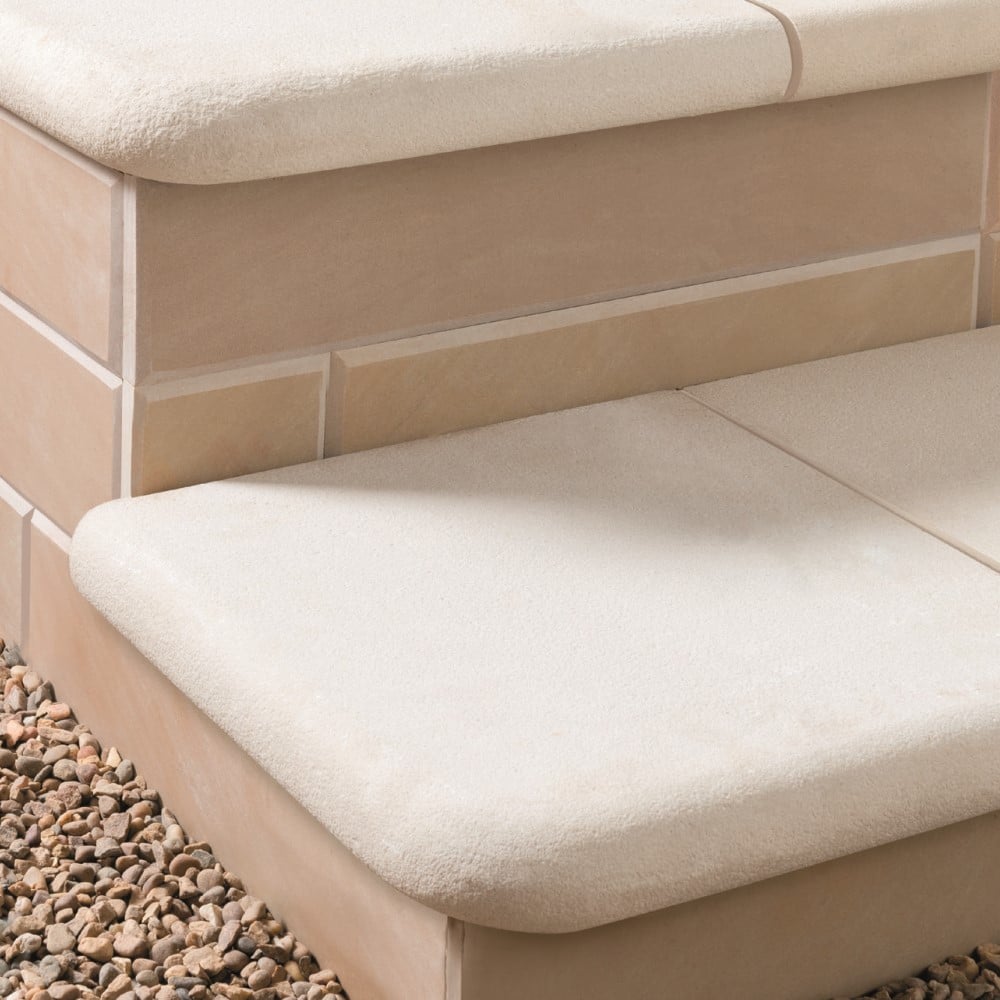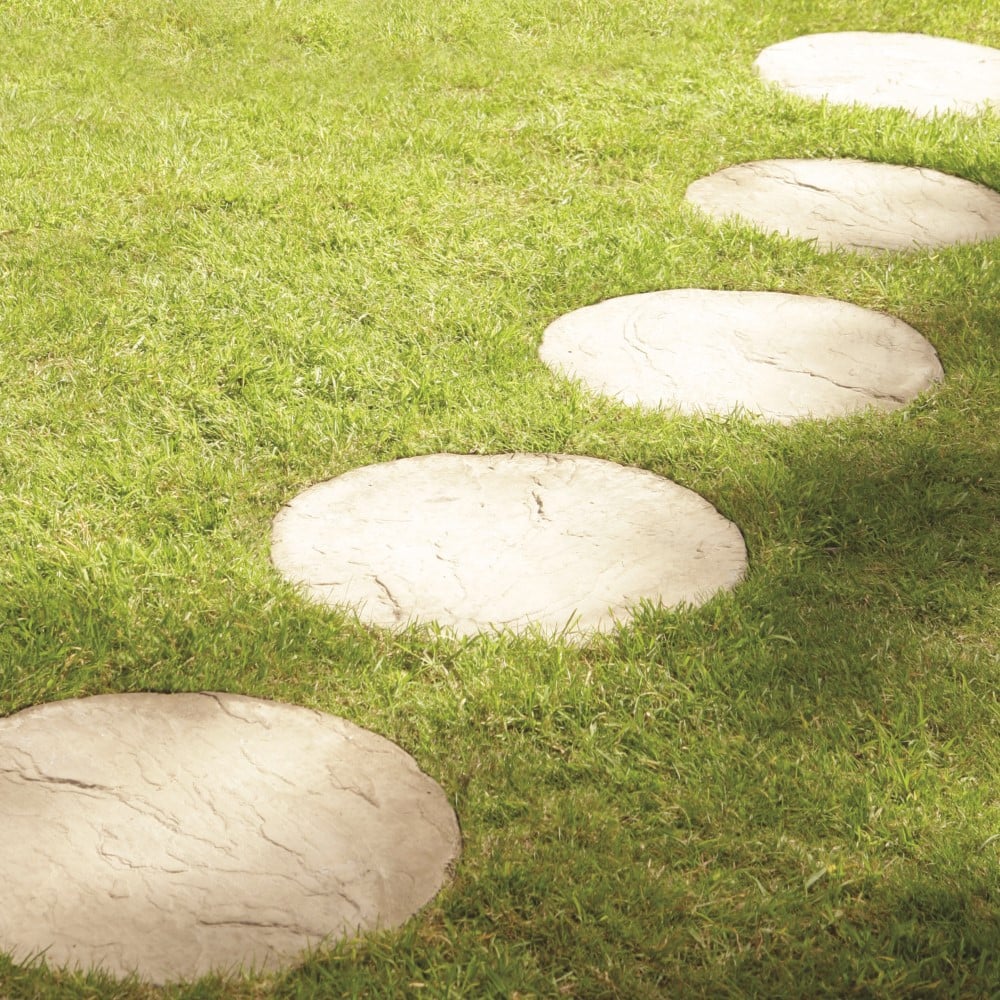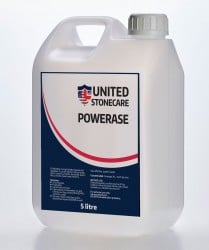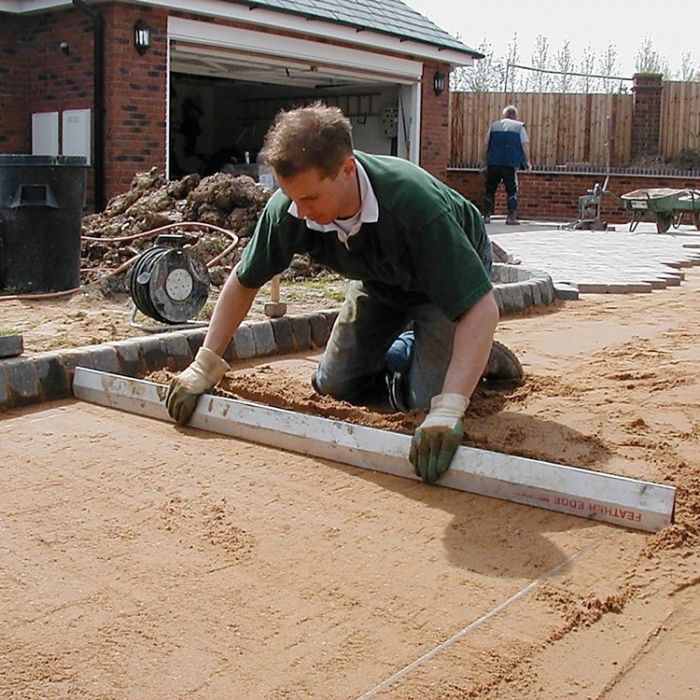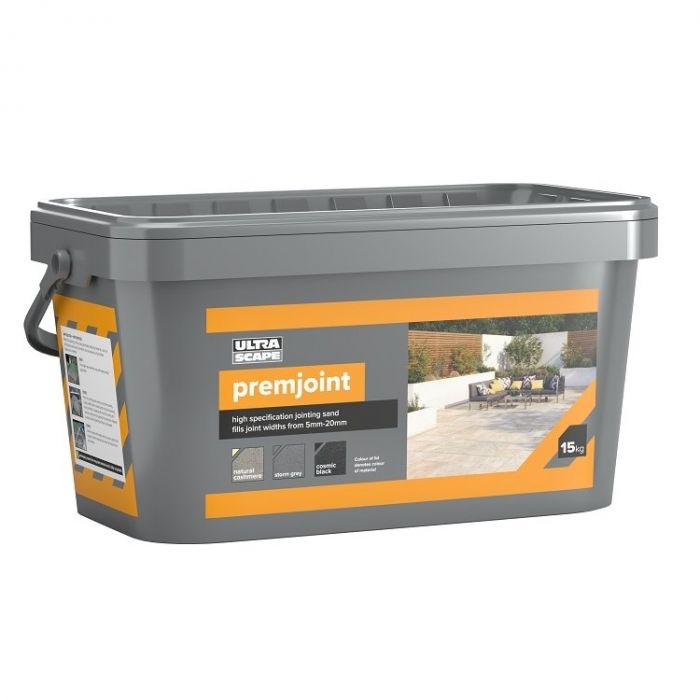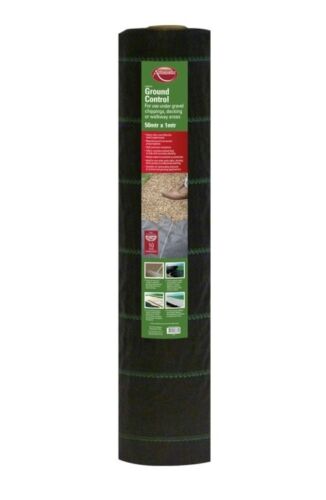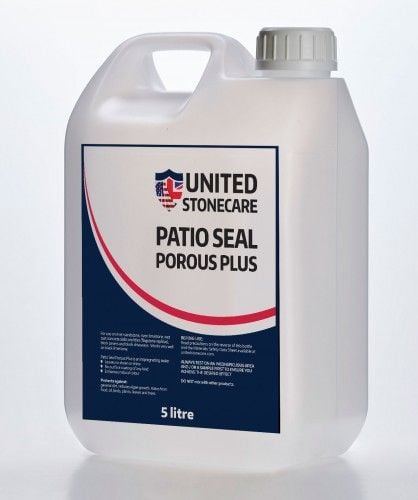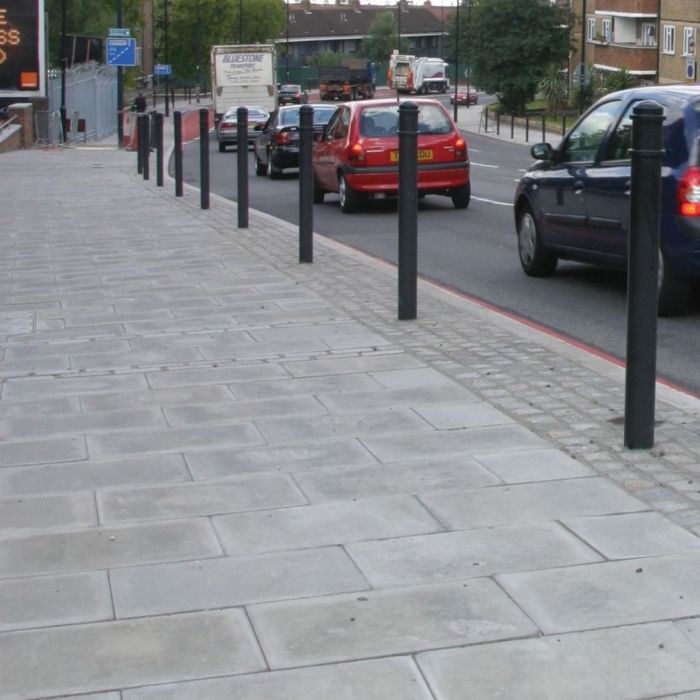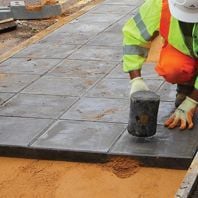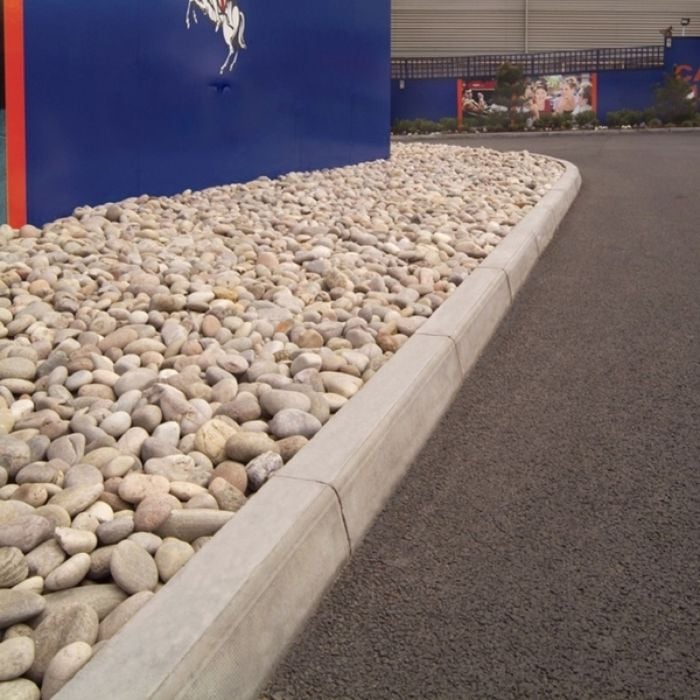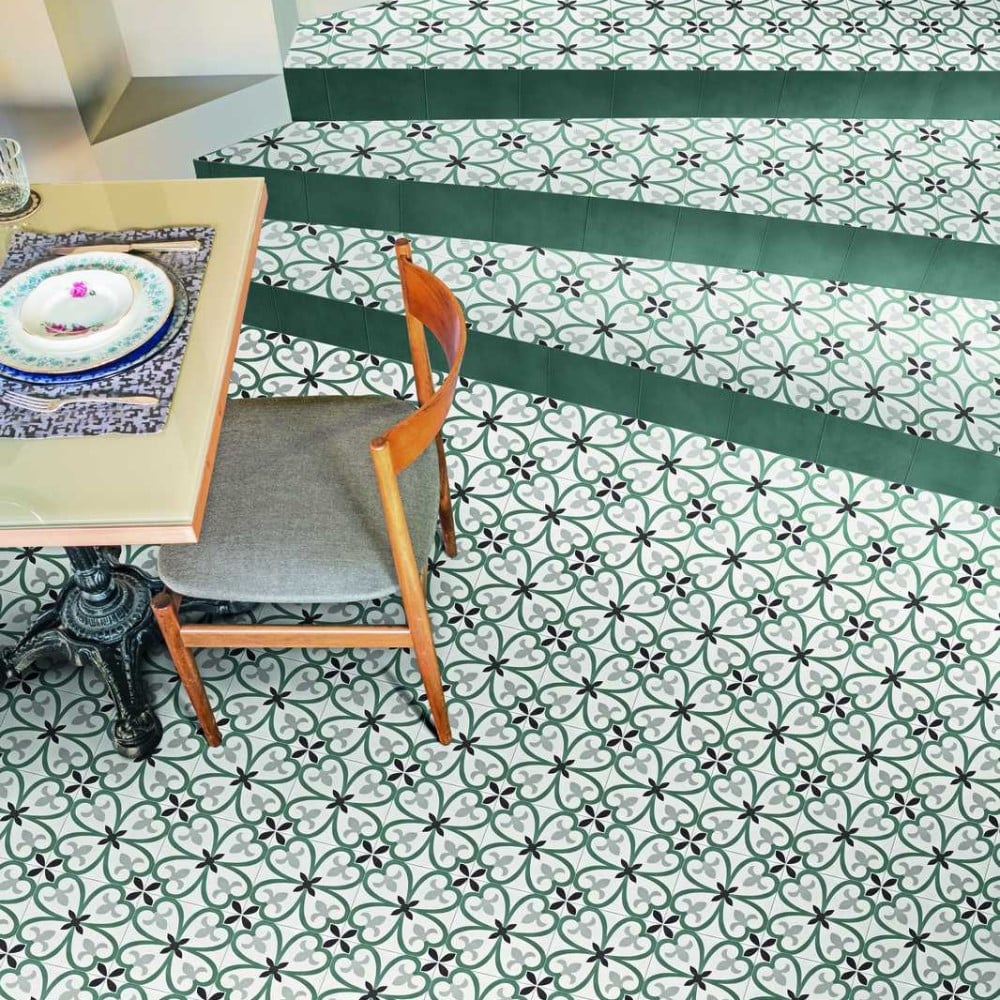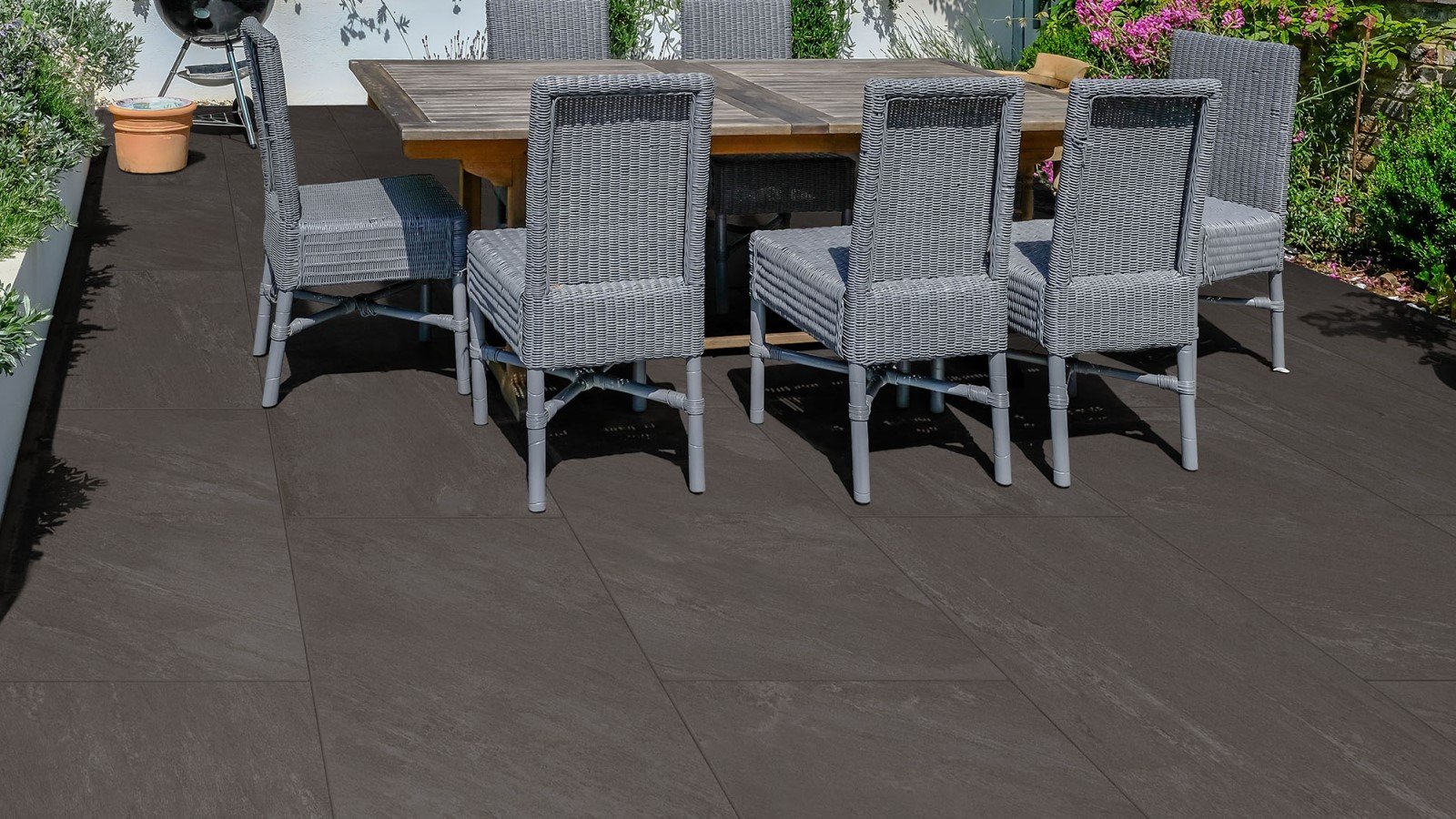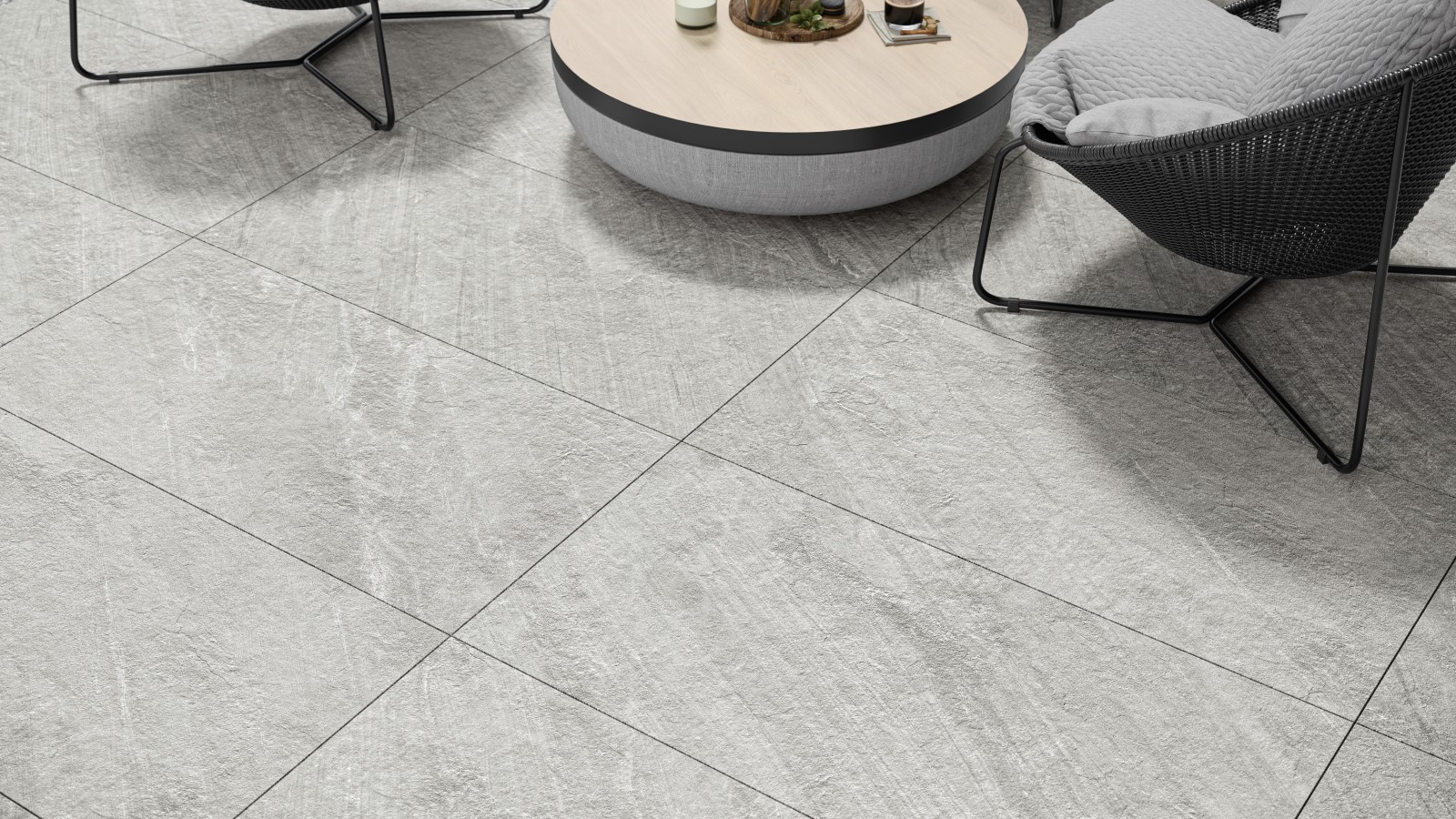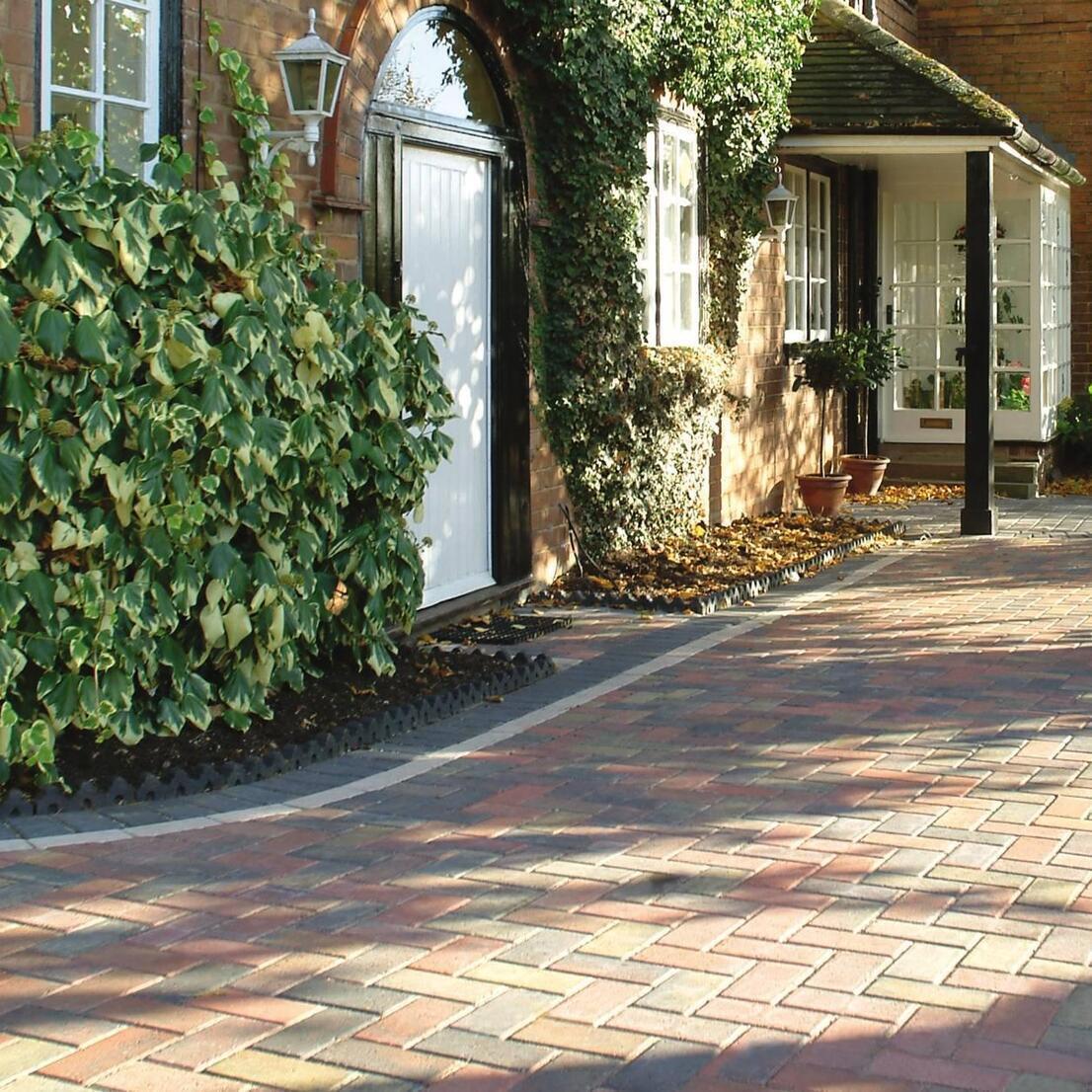Block paving patterns involve more than just laying brindle stones in traditional straight lines.
Today, everything from eye-catching random stretcher bond to formal herringbone is used to transform dull driveways and uninspired patios into durable, fail-safe paving masterpieces.
Read on, below, to find a block paving pattern that’s right for you.
Stretcher bond and stack patterns
Replicating the layout of brick-laid walls, patterns like stack and stretcher bonds are simple and traditional block paving patterns. As you use predominantly whole bricks, you can plan the number of bricks almost to perfection and repeating patterns allow for quick laying.
What is stretcher bond paving?
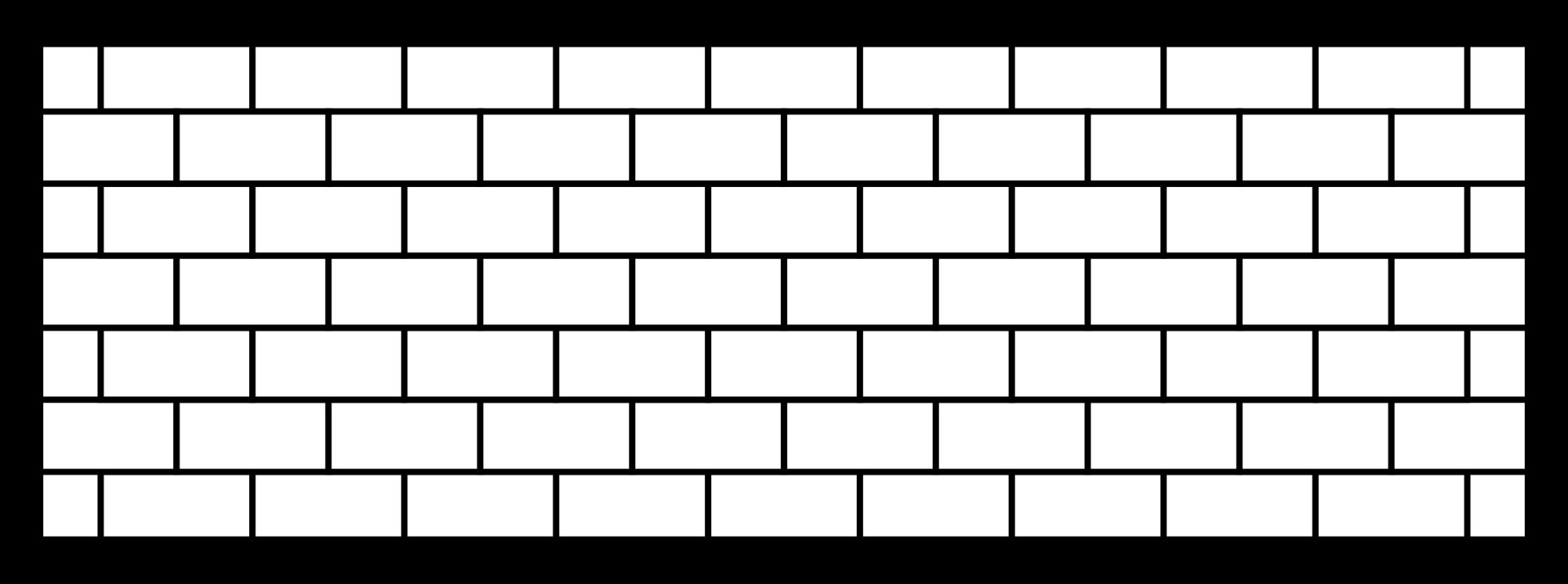
Sometimes known as ‘running bond’ or ‘half bond’, this pattern is created by laying a row of bricks, with the longest side sitting longitudinally. This is followed by a second row of bricks laid almost identically, offset by a measurement of half a brick. You continue this process, alternating the offset bricks every second row, until your paving project is complete.
Stretcher bond can either be laid as a single size or as a 'random stretcher bond' using several sizes.
To find the right paving blocks for stretcher bond patterns, take a look at our range of durable driveway block pavers.
What is stack bond paving?
For an ultra uniform style, consider a stack bond paving pattern. The laying process is similar to stretcher bond, except that there is no offset between the rows of bricks. This creates the clean lines that characterise many contemporary settings.
To double down on your modern layout, opt for the sleek grey of Bradstone driveway block paving.
TOP TIP: Stack and stretcher bond patterns do not interlock, and this means the block paving could slip out of alignment without sufficient edging restraints. Bear this in mind when paving heavy duty areas in a single size pattern.
Herringbone block paving
The attractive interlocking design of herringbone block paving ensures that the pattern doesn’t shift out of alignment, even under heavy loads. As such, it is an ideal paving option for driveway paving.
On top of the practical benefits, a herringbone block paving pattern earns you some serious style points, too. The intricate, chevron-like pattern imbues paving projects with an elegant aesthetic, so eye-catching that passing neighbours will almost certainly take note of your new paving.
Typically, herringbone patterns come in 90-degree and 45-degree patterns.
What is 90-degree herringbone paving?
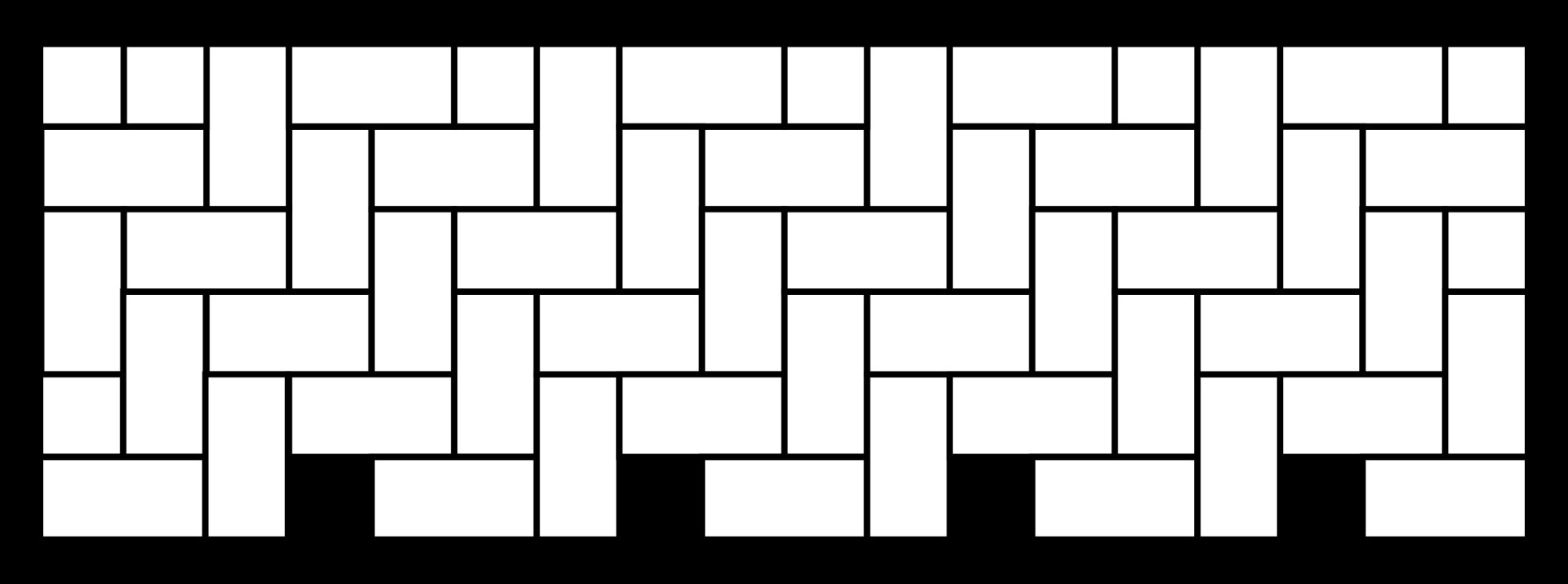
The more straightforward of the two herringbone patterns, a 90-degree pattern sets pavers at a perpendicular angle, exactly 90 degrees to the base line. It is usually easiest to build this pattern out from an established right-angle corner, preferably against an edging course.
If you don’t have brick edging to guide your paving, just hammer wooden stakes around the space you are laying and pull a piece of string taut around them to create your makeshift edging.
Not sure which pavers work best with a 90-degree herringbone pattern? The contrasting rustic hues of our Bradstone Woburn Rumbled Block Paving in Autumn lend themselves perfectly to this intricate aesthetic when laid in the single 200x134 size.
What is 45-degree herringbone paving?
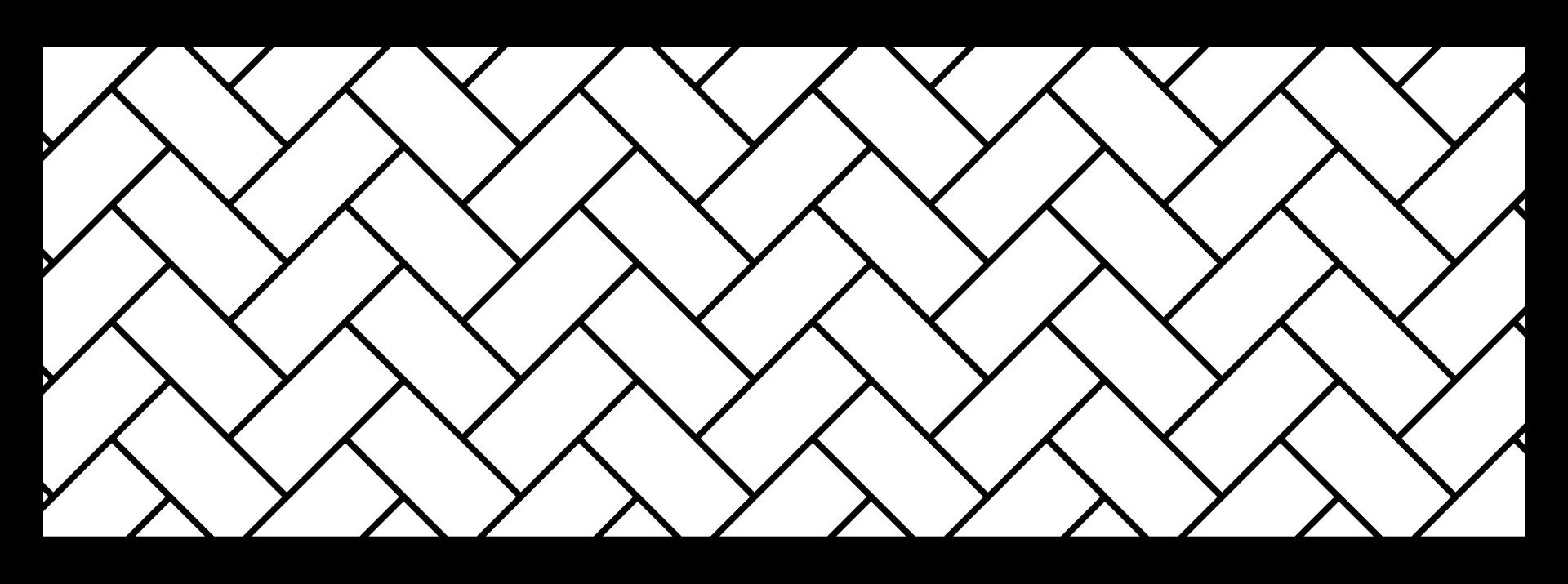
Similar in style to its right-angle relation, a 45-degree herringbone pattern establishes its base line at (you guessed it) 45 degrees. Laying down the design requires patience and a lot of precise measuring, but you’ll be rewarded with an unyielding driveway, even by herringbone’s already strong standards.
Partner this resilient pattern with a dependable paver, like our Bradstone StoneMaster Block Paving range laid in the single 300x100 size.
Alternative patterns
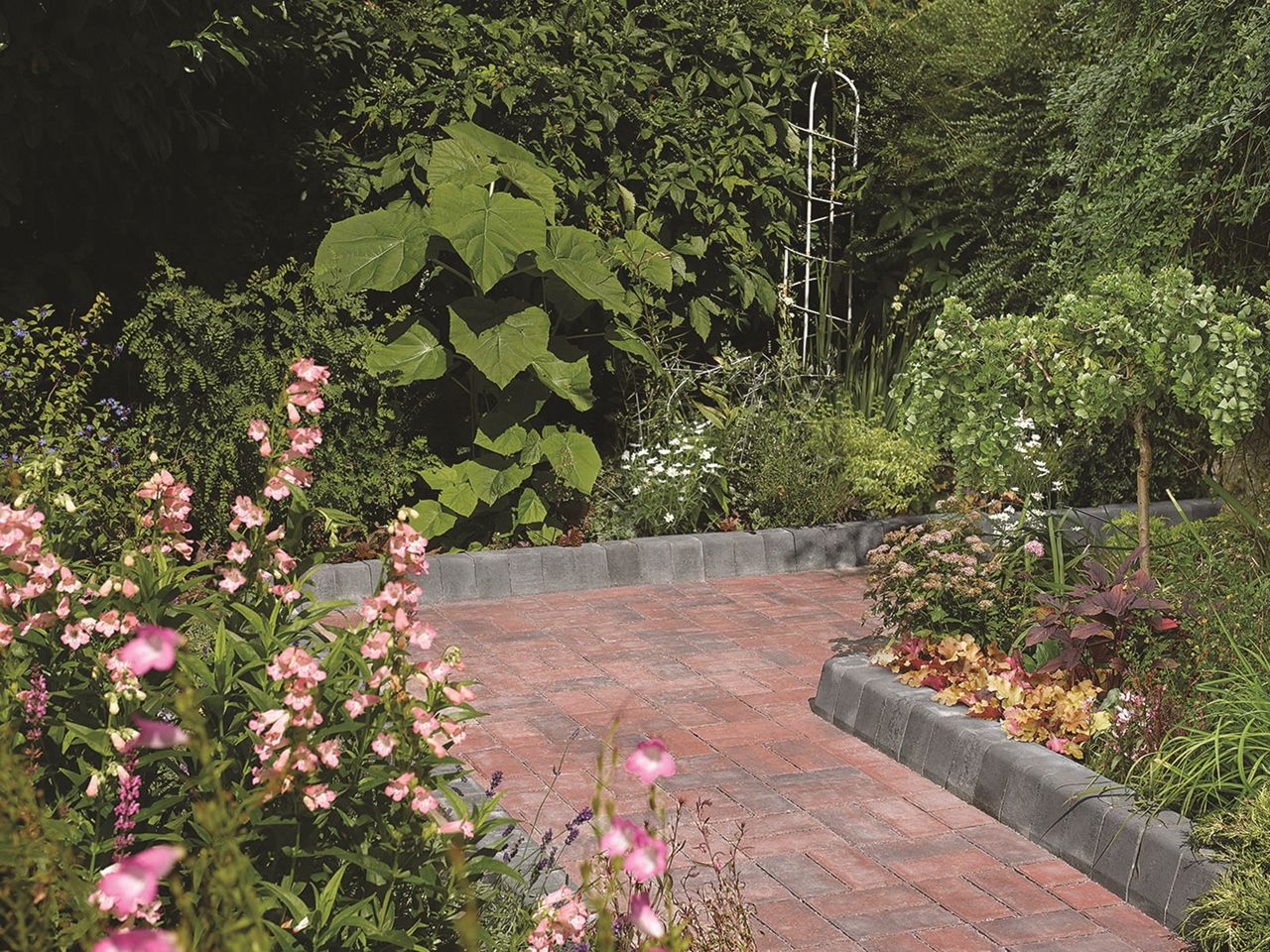
While the popular patterns of stretcher bond and herringbone dominate driveways and patios all around the country, they aren’t the only options available. Those who favour the bold, elaborate and unique will feel right at home among alternative patterns.
The Basketweave pattern, for instance, encourages colour experiment and any extra design effort is well worth it.
What is basketweave block paving?
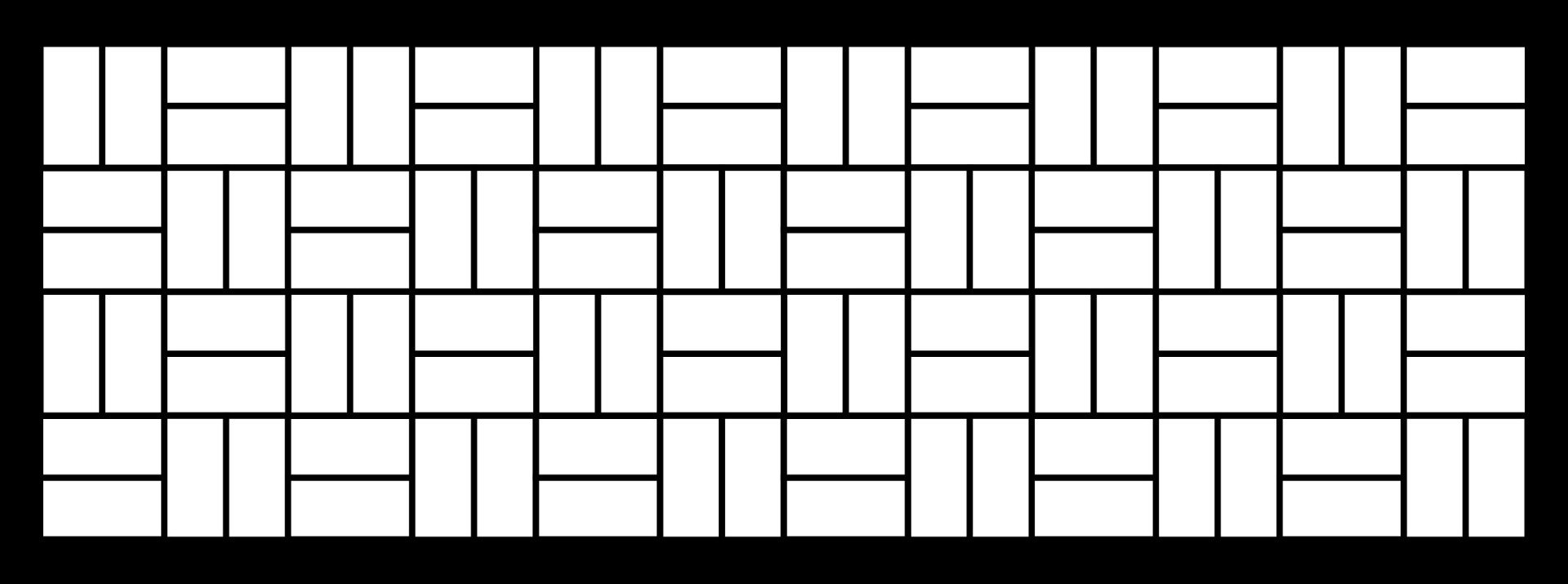
Just like the criss-cross of a woven basket, you can create a striking basketweave block paving pattern just by alternating pairs of vertical and horizontal blocks.
This uncomplicated design also makes it easy to experiment with different combinations of colour from block to block.
Just bear in mind, however, that basketweave patterns are much like stack and stretcher bond patterns, in that they are likely to slip out of alignment under heavy loads. As such, basketweave is usually best for patios, rather than driveways.
Want to find out more about block paving patterns? Get in touch with the friendly team at Simply Paving by giving us a call on 0800 032 6306 or start a live chat today.

